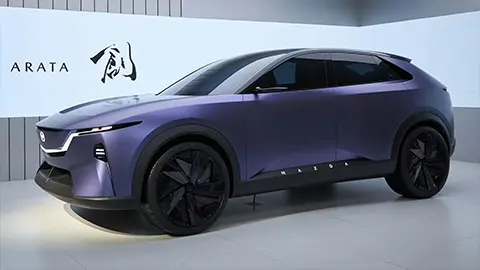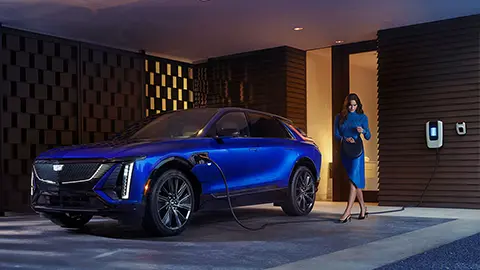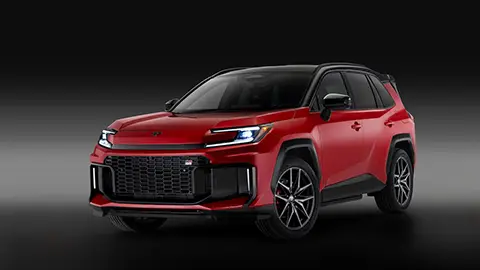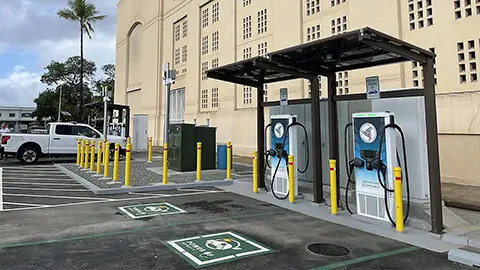Stringent New CO2 Standards
New proposed federal legislation from the U.S. Environmental Protection Agency could significantly accelerate the adoption of electric cars. While they have yet to be confirmed, the EPA says the proposed new standards would improve air quality, and avoid nearly 10 billion tons of CO2 emissions – equivalent to more than two years’ worth of total U.S. CO2 emissions in 2022. The EPA says the new standards would also save thousands of dollars over the life cycle of vehicles that meet them, and potentially reduce U.S. reliance on oil imports.
The proposed standards, which would come into effect starting in model year 2027, would build on the EPA’s existing emissions standards for passenger cars and light trucks. Standards for cars and trucks through to model year 2026 would remain unchanged. Thanks to their stringent nature, which is focused on lowering CO2 emissions, the proposed standards would likely accelerate the transition to electric cars, which is already underway.
Indeed, depending on the strategies vehicle manufacturers select to meet the new standards, the EPA projects that electric vehicles (EVs) could account for two-thirds of light-duty vehicle sales, and 46 percent of medium-duty vehicle sales in model year 2032.

Emission Control Tech Can Be Implemented Under EPA Proposal
The EPA’s proposal allows vehicle makers to implement a broad suite of available emission control technologies. The standards do not dictate what technology – electric or otherwise – that manufacturers must use to meet the performance-based standards. They can use whatever works best for their vehicle fleets – better fuel economy, hybrids, plug-ins, hydrogen, or electric.
The EPA projects that for gasoline vehicles, manufacturers will adopt filters to reduce gasoline particulate emissions as well as other CO2-reducing technologies, but the standards are more likely to push manufacturers towards EVs. While it’s to make continued investments in making gasoline-powered vehicles even cleaner, the costs to do would be prohibitive compared to switching to electric cars, which are mechanically simpler, and have greater development potential.

Reducing Greenhouse Gases
The proposed model year 2023 standards for light-duty vehicles (the kinds of vehicles like cars, vans, SUVs, and pickups that most of us buy for personal use) are projected to reduce greenhouse gas emissions by 56 percent compared to the existing standards for model year 2026. The medium-duty standards – for pickups, trucks, and other commercial-use vehicles – would reduce greenhouse gas emissions by 44 percent compared to the existing model year 2026 standards. The proposals also include revised standards for heavy-duty trucks, such as delivery trucks, dump trucks, buses, and other vehicles used to haul freight.
Looking further ahead, the EPA claims that the new proposed standards would avoid nearly 10 billion tons of CO2 emissions through to 2055. It’s more difficult to calculate the positive effect of reducing harmful air pollution, leading to fewer premature deaths and a reduction in serious health effects, such as hospital admissions due to respiratory and cardiovascular illnesses.
Cleaner cars – especially electric cars – should also reduce fuel and maintenance costs for their owners. Presuming that the legislation shifts the market towards a greater percentage of EVs, the EPA says that the proposed new standards could save the average consumer up to $12,000 over the lifetime of a light-duty vehicle by reducing maintenance costs.

How Much Has Interest in Electric Vehicles Grown?
Since the beginning of 2021, the number of annual electric car sales in the U.S. has tripled, while the number of models available to American consumers has grown significantly as well. Public charging infrastructure has grown, too. There are now over 130,000 chargers across the country, a 40 percent increase since 2020, and a number that is increasing daily. Manufacturers are also investing in battery and EV manufacturing facilities in the U.S., spurring accelerated development, and increased competition.
While the EPA’s new proposals have yet to be made law, they align with the current government’s policy to provide resources to support the development and market for clean vehicle technologies – as well as the associated infrastructure required to put them on the road. As technologies advance, battery costs continue to decline, and consumer interest in electric vehicles continues to grow, the EPA’s proposed new standards sound more and more feasible.
















